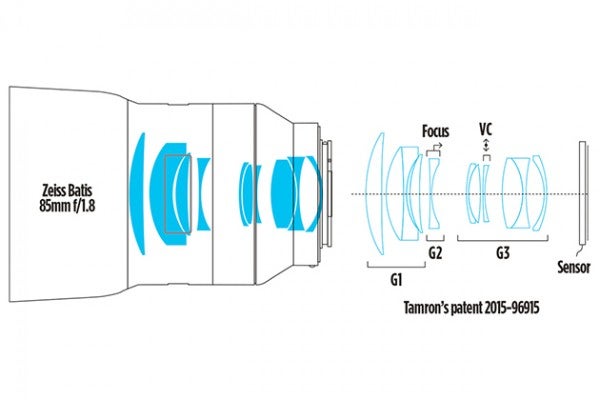The brand name that appears on your lens may not be the original manufacturer
OEM stands for ‘original equipment manufacturer’, a somewhat confusing term used in manufacturing, which means that the company whose brand name appears on a product may not be the ‘original equipment manufacturer’. Strictly, the term should be used to denote sub-assemblies, for instance shutter units, bought in from another manufacturer, but frequently nowadays it’s the whole unit.
Quite often, I see the term OEM used with the reverse meaning, to denote a lens made by the ‘original equipment manufacturer’ of a camera. In this case, for example, a Nikkor lens for a Nikon would be an OEM lens, while a Tamron would be an ‘aftermarket’ or independent lens. This use of the term is incorrect in terms of the original coining of the phrase, but it’s very common. To add to the confusion, OEM sourcing is fairly widespread, so it is quite possible that the OEM Nikkor was actually manufactured by Tamron, which is the ‘original equipment manufacturer’.
The complexity of modern manufacturing arrangements has been highlighted by some recent discoveries surrounding the complex relationship between Sony and Zeiss, originating from the days when Sony was an electrical company producing camcorders and digital compact cameras. In those days, all Sony products had lenses branded ‘Zeiss’. Sony certainly possessed its own lens plants, with Zeiss expertise helping it to develop the manufacturing capability. We know this because in 2012 Sony announced that it was closing its Minokamo lens plant and transferring production to factories in Kohida and Kisarazu. The announcement never said who owns those factories.
Meanwhile, a look at the corporate website for Konica Minolta (www.konicaminolta.com/opt/products/reflex/index.html) reveals that this company still makes interchangeable lenses for DSLRs and mirrorless cameras (although Konica Minolta never produced a mirrorless interchangeable-lens camera). Clearly, Konica Minolta is still in the OEM lens business, and the most likely customer is Sony.
Earlier this year, Zeiss released an interesting blog concerning its relationship with Sony. Zeiss says: ‘Sony/Zeiss lenses are jointly developed by Zeiss and Sony. Zeiss supports Sony throughout the optical design and development process, and then tests and approves the prototypes. Finally, Zeiss determines the test specifications for serial production… Sony/Zeiss lenses are manufactured by Sony in factories across Asia.’
More recently, Zeiss has released its own Batis range of lenses for Sony FE-mount cameras. These lenses have no link to Sony, as Zeiss emphasises in its blog, but that doesn’t mean they aren’t an OEM product. Recently, a Japanese patent was discovered (number 2015-96915) revealing the inner workings of a lens, which had precisely the same optical formula as the Batis 85mm f/1.8. It is inconceivable that two separately developed lenses would arrive at precisely the same formula, and in this case Tamron is clearly claiming the intellectual property rights. The precise relationship between the two companies is not clear, but it’s likely there’s been some close collaboration between them.
Bob Newman is currently Professor of Computer Science at the University of Wolverhampton. He has been working with the design and development of high-technology equipment for 35 years and two of his products have won innovation awards. Bob is also a camera nut and a keen amateur photographer





